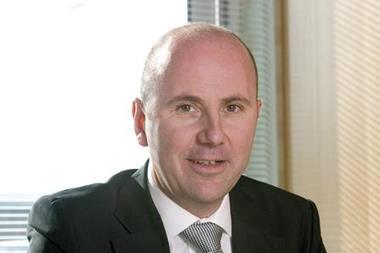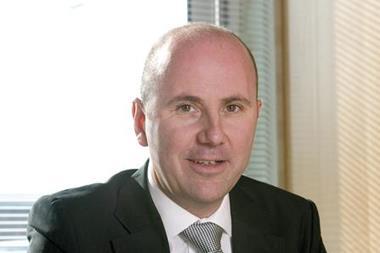Young people already see emails as rather quaint, and the boundaries of 9-5 are shifting. The industry must embrace a world of 24/7 interaction with clients
In the summer of 2010, Facebook announced that it had reached a mind-boggling half a billion users worldwide, making it easily the biggest and fastest-growing social network in the world.
But how and why is this relevant to our world of insurance? The modern argument is that social media is relevant to absolutely everything.
For example, are you a member of the Global Insurance Professionals group at LinkedIn.com, a social network for business? More than 17,000 people are already – and are sharing ideas, contacts and business solutions all day, every day.
The boundaries of 9-5 have disappeared and many people are interacting with customers 24 hours a day, in their homes, in their cars, in their gardens. Everybody seems to be doing it – and if they’re not, they’re probably about to.
I am considering this today in the context of my world and of yours for two reasons.
The first point is self-evident: our market is changing before our eyes. Technology has brought full-cycle trading to the small and medium enterprise (SME) sector, where e-trading platforms are reaching critical mass in terms of connections and products. Micro-SME business is being widely traded online and no longer requires brokers to double-key data across insurer websites and into its back-office system.
Looking at the way volume personal lines has gone, brokers are beginning to take on board the fact that there is no class of insurance business that will not fit into an aggregator model. Already larger SME business, including commercial-combined cases of up to £15,000 premium, can be traded electronically. What’s next? Small marine? Shops and hotels? Liability?
Despite all this, 75% of commercial insurance is still transacted through paper-based methods and many brokers view technology as merely a cost to their business, believing there’s a point beyond which it cannot go.
That is wrong. Technology improves profitability by allowing users to do more with less and to boost revenues by providing market access. For instance, larger commercial clients are already beginning to expect web-access to risk and accounts information and online tracking of claims.
The speed of change is such that brokers must constantly look at the business need: they have to question whether they are getting the most out of their existing system or if they need to invest in transactional websites for schemes or products that go beyond the quote-and-buy process to include mid-term adjustments and renewals. Business-to-consumer trading solutions may be the only way to take on the aggregators as the volume of business transacted online continues to grow.
Which brings me to my second point. We are also looking at an explosion in e-trading on handheld devices, as people make the most of mobile phone technology. My children, locked into their mobiles and social networks, now regard emails as almost as quaint as posting a letter.
As computer screens give way to the new generation of iPhones and iPads, brokers and insurers will need to turn to platforms that allow the integration of texting, mobile communications and social networks. Already the major carriers are introducing iPhone apps to support claims or help policyholders pay their premiums, and brokers are using digital marketing to sell their products.
In other words, we could be at the dawn of an era of 24/7 online interaction between clients and their brokers.
Standing still with technology is not an option. Facebook might be enjoying its moment in the sun, but you can bet its directors are looking over their shoulders at the next bright idea that will attract the social-networking generation. IT
Clive Nathan is chief executive of underwriting at Towergate






































No comments yet